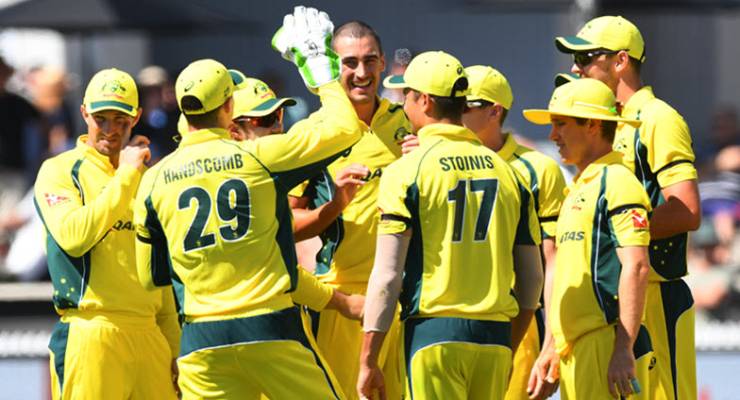
The days of sky-high prices for sports broadcasting rights could be over. Analysts told investors this week that returns on Nine’s cricket coverage were not worth what the network paid for the rights.
Global investment bank UBS told Nine this week it should step away from its coverage of international cricket, which it has held rights to since 1977. It is currently negotiating for the rights for 2018 to 2023, and has previously indicated it wants Big Bash, too. It paid $500 million for the rights to broadcast international cricket in 2013. Its losses were estimated by UBS at $40 million a year. Meanwhile Ten picked up the Big Bash for just $100 million over five years, after its mediocre ratings on Foxtel and the shorter format of the sport has turned out to be a rare bright spot in ratings for the struggling network.
Will Nine pull back from broadcasting the cricket? Or will sports administrators have to accept smaller cheques from the TV networks?
Media analyst Steve Allen says negotiations for sports broadcasting rights have got out of hand in Australia, and Nine’s cricket coverage was currently only marginally profitable, if at all, and could be marginally running at a lost.
“Sports administrators are either on another planet or taking mind-altering drugs. The revenue market is not growing and the audience is not growing. One of the free-to-air networks is now marginal. Why would anyone flogging the rights think any of the broadcasters are going to pay more? Sports organisations have a jaundiced view of the marketplace.”
He said networks would continue to bid and pay for exclusive sporting broadcast rights, but the amounts being paid would no longer increase, and sports organisations would need to start checking their expectations.
Allen told Crikey that administrators had come to see broadcasting rights as a honeypot they could keep dipping into as their own source of revenue, but the advertising market was getting weaker and audiences are not growing.
“The free-to-air sports broadcasting market has gone well past its peak … there’s no guarantee on revenue anymore, and there’s no guarantee on audience,” Allen said.
Ten, if it survives, is reportedly keen to bid on all forms of cricket after its success with the Big Bash League, which Allen said was one of the greatest sports rights bargains of the last 10 years.
“Big Bash on Ten has been very profitable but Cricket Australia have indicated they want two or three times the revenue for the rights. I don’t think they’ll get it but if they do it won’t be worth it,” Allen said.
According to Allen, Seven’s sports (AFL and tennis) are profitable, but both NRL and cricket on Nine would be only marginally profitable at best.
Overseas, similar issues have been blamed for severe cuts at American sports broadcaster ESPN, which announced it was laying off 100 writers, reporters and on-air staff this week. Its programming costs have been steadily increasing, with higher and higher prices on broadcasting rights, while they are losing their audience. A subscription service, ESPN has lost 10 million of its subscribers in the past five years.
In a statement to staff, ESPN president John Skipper said the network needed to focus on versatility and value. The network will reportedly focus more on digital to be more sustainable as a business, which means it feels it can let go some of its big-name on-air talent.








So really it’s cricket, not general sports, that’s underperforming in th,Edura market. Article consistently conflates the two.
*the media market.